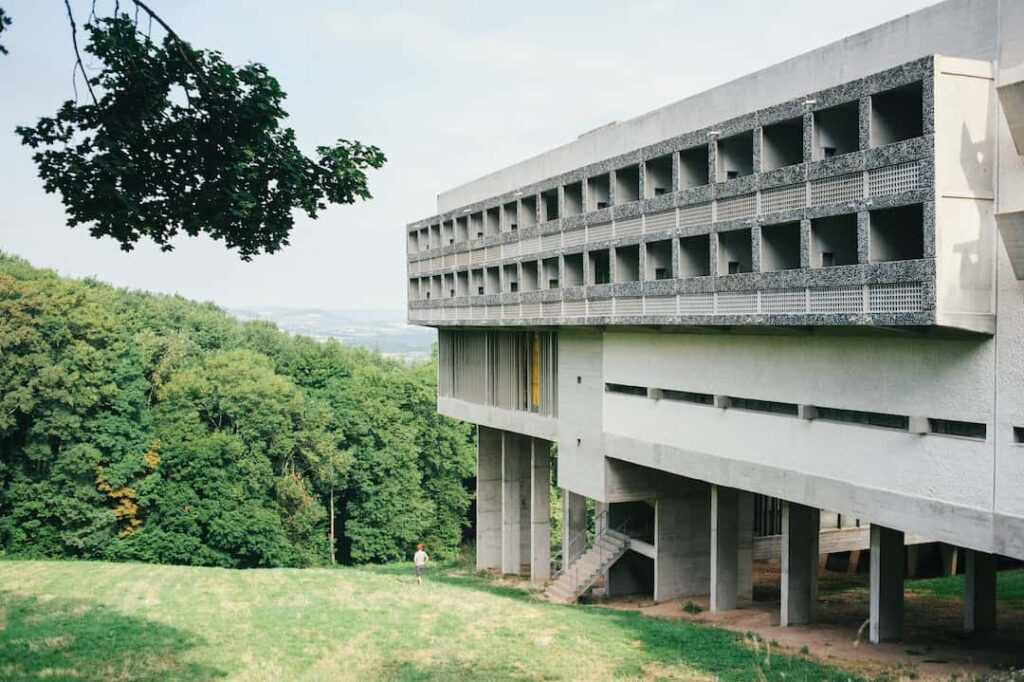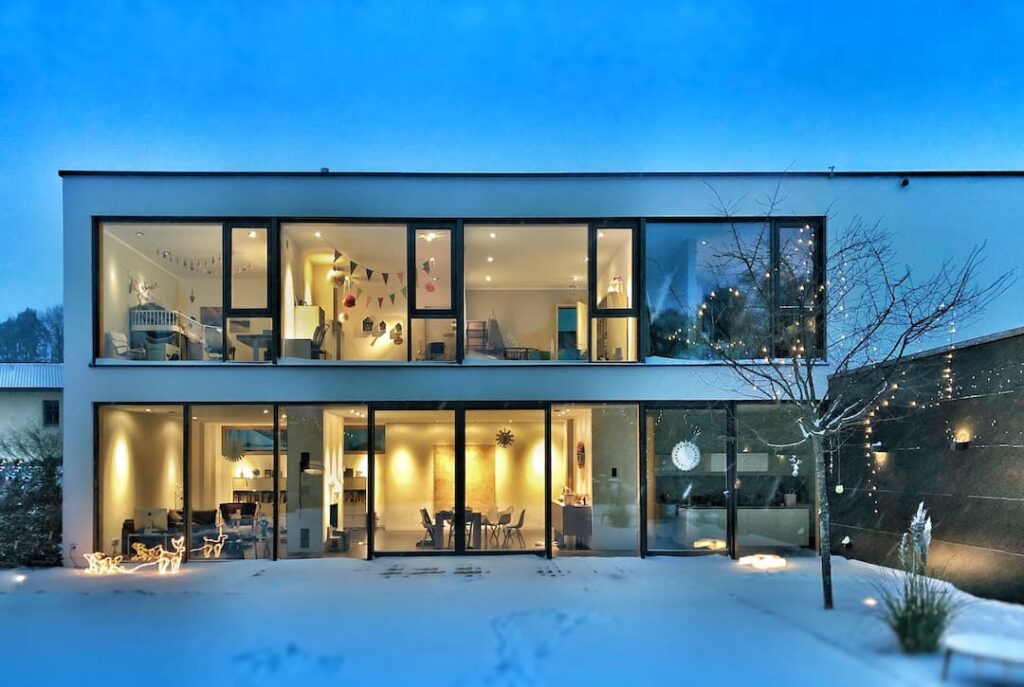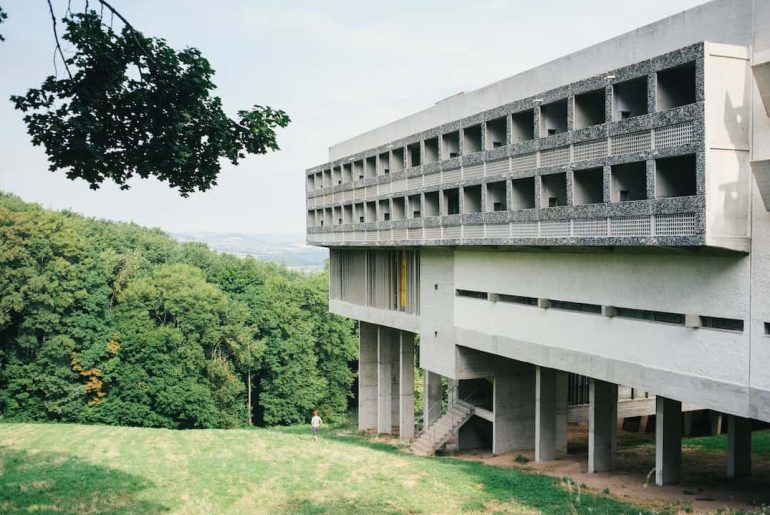Le Corbusier, a big name in architecture, had game-changing ideas about how buildings should look and function. He called these ideas the “Le Corbusier Five Points of Architecture.” They shook up the world of design and greatly impacted how we build things. Let’s dive into these five points and see how they’ve shaped the buildings we see today.
The Architectural Revolution

Le Corbusier was a super influential architect. He had big ideas to change how buildings were made. In the 1920s, he came up with the Five Points of Architecture. These ideas were like a revolution in the way we design and build. Le Corbusier Five Points of Architecture focused on making buildings more practical, simple, and in tune with nature.
Le Corbusier Five Points of Architecture
1. Pilotis – Elevating Buildings
The first idea was “Pilotis,” which means using pillars or stilts to lift a building off the ground. It made buildings look light and allowed space underneath. Imagine giant legs supporting a building, allowing light and air to flow through. It was like magic!
2. The Free Plan – Space, Space, Space

Next up was the “Free Plan.” It meant no more walls dictating where things should be inside a building. The pillars (remember “Pilotis”?) took the weight so that walls could move. It made it super flexible inside, like rearranging furniture in your room to suit your mood!
3. The Free Facade – The Looks of the Building
Then came the “Free Facade.” It was all about freeing the outside look of the building from the structure. In the past, the outside had to follow the inside’s structure. But now, architects could play around with how the outside looked, like painting on a blank canvas.
4. Horizontal Windows – Letting in Light

“Horizontal Windows” was the fourth idea. Le Corbusier loved big, wide windows. He wanted buildings to be flooded with light. So, he placed long windows sideways, like wide eyes letting in lots of natural light.
5. The Roof Garden – A Garden on Top

Lastly, there was “The Roof Garden.” Le Corbusier imagined the roof as a cool space, not just a cover. He wanted gardens up there, like a green hat for the building. It was a way to stay connected to nature, even in a concrete jungle.
Influence on Modern Buildings
Le Corbusier Five Points of Architecture were like seeds that grew into huge trees in modern architecture. They’re everywhere!
Flexibility and Change
The “Free Plan” and “Free Facade” are like being able to change your room layout or decorate your phone cover. Modern buildings use these ideas to change and adapt based on people’s needs.
Green and Sustainable
“The Roof Garden” made architects think about nature while building high. Now, we see more rooftop gardens and solar panels. It’s like being friendly to our Earth while building tall.
More Light, More Life
“Horizontal Windows” changed how we see the world inside a building. More light makes us happier and healthier. Modern buildings grab onto this idea, giving us lots of natural light.
Buildings on Stilts
“Pilotis” inspired architects to build on stilts. It helps when there’s little space. It’s like having a house on tall legs, creating space for playgrounds or parks below.
Conclusion
Le Corbusier was a genius who gave us these fantastic ideas that shaped modern buildings. Le Corbusier Five Points of Architecture made buildings more than just walls and roofs. They made buildings practical, beautiful, and in harmony with nature. Next time you see a modern building, remember Le Corbusier’s ideas are there, making it awesome!






